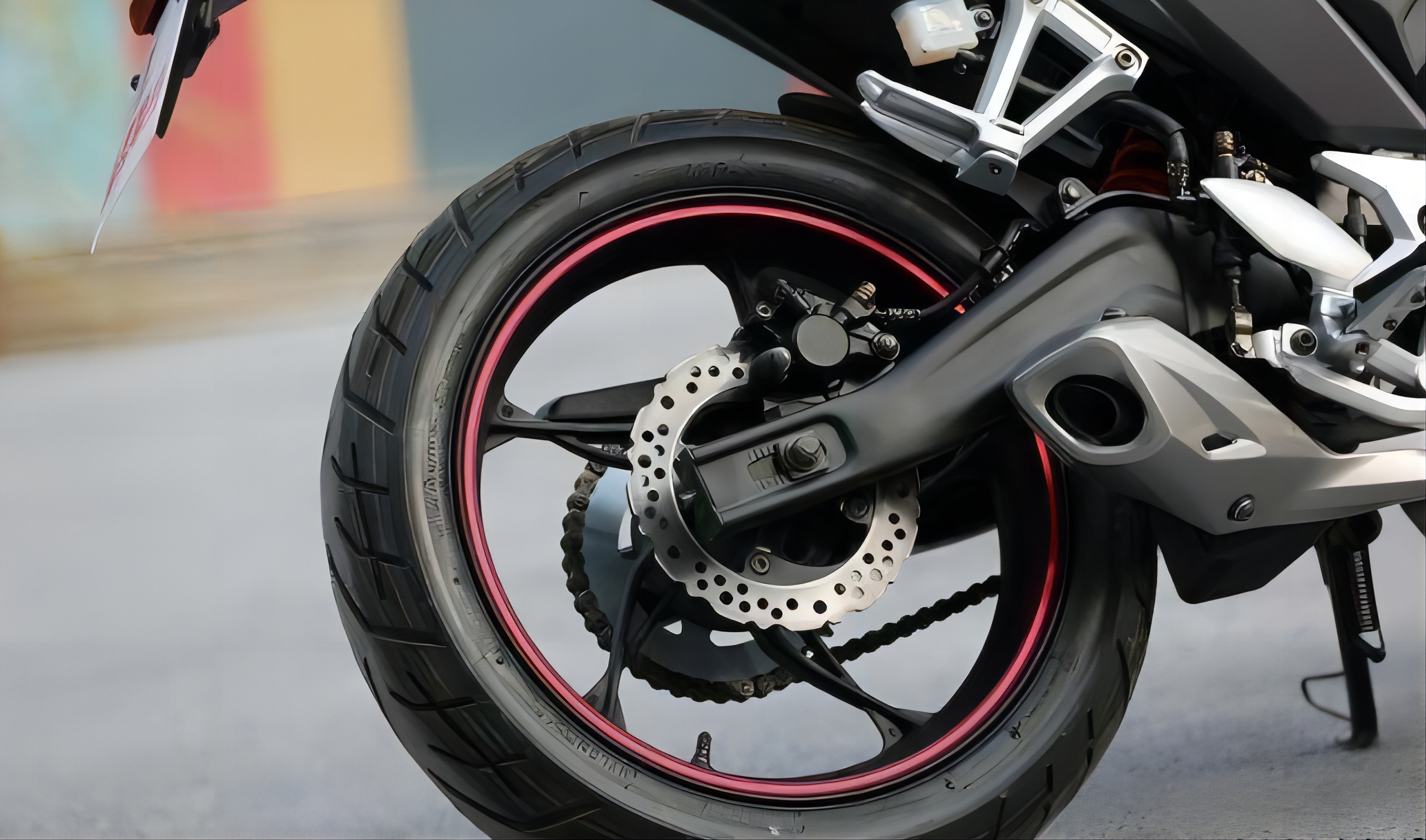The Birth of Wheel Weight
The birth of modern wheel weight can be attributed to the pioneering work of engineers and innovators who recognized the significance of addressing imbalances in vehicle wheels.
The development of balancing weights for wheels involved a deep understanding of the principles of physics and mechanics, as well as the application of advanced materials and manufacturing processes.
Over time, the evolution of wheel weight has been shaped by technological advancements and innovations, leading to the creation of sophisticated balancing solutions that are widely used in the automotive industry today.
Principle of Use of Wheel Weight
The process of balancing weights for wheels involves the careful consideration of various factors, including the distribution of mass, the dynamic forces acting on the wheels, and the overall performance requirements of the vehicle.
Balancing weights are designed to counteract any imbalances that may arise due to factors such as uneven tire wear, variations in wheel construction, or changes in the distribution of weight within the vehicle.
By strategically placing balancing weights on the wheels, engineers can ensure smooth and stable performance, minimize vibrations, and enhance overall driving experience.
Use of Wheel Weight in Different Areas
The primary applications of wheel weight is tire balancing. When a tire is mounted on a wheel, its weight may be distributed unevenly, causing vibration and uneven wear. Wheel weight is strategically placed on the rim to offset these imbalances, ensuring the tire rotates evenly and smoothly. This is vital to maintaining vehicle stability and improving overall driving performance.


Wheel weights are also used in the automotive aftermarket industry. When aftermarket wheels are installed on a vehicle, they may require additional weight for proper balance. Wheel weights are available in different types, such as clip-on weights, bonded weights, and spoke weights, to meet the specific needs of aftermarket wheels and ensure optimal balance for various vehicle applications.
Wheel weight plays a vital role in the maintenance of heavy vehicles such as trucks and commercial vehicles. These vehicles often operate in demanding conditions, carry heavy loads and travel long distances. Proper wheel balancing is critical on these vehicles to ensure safe handling, minimize tire wear, and prevent potential problems associated with wheel imbalance, such as unstable steering and suspension damage.


Wheel weights are also used in the motorcycle industry. Motorcycles require precise wheel balancing to ensure stability and safety, especially at high speeds. Wheel weights designed specifically for motorcycles are designed to address the unique dynamics of two-wheeled vehicles, providing the necessary balance for optimal performance and rider safety.
Post time: Aug-22-2024





